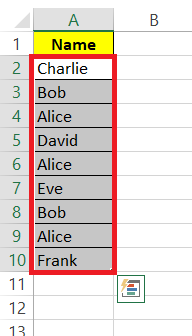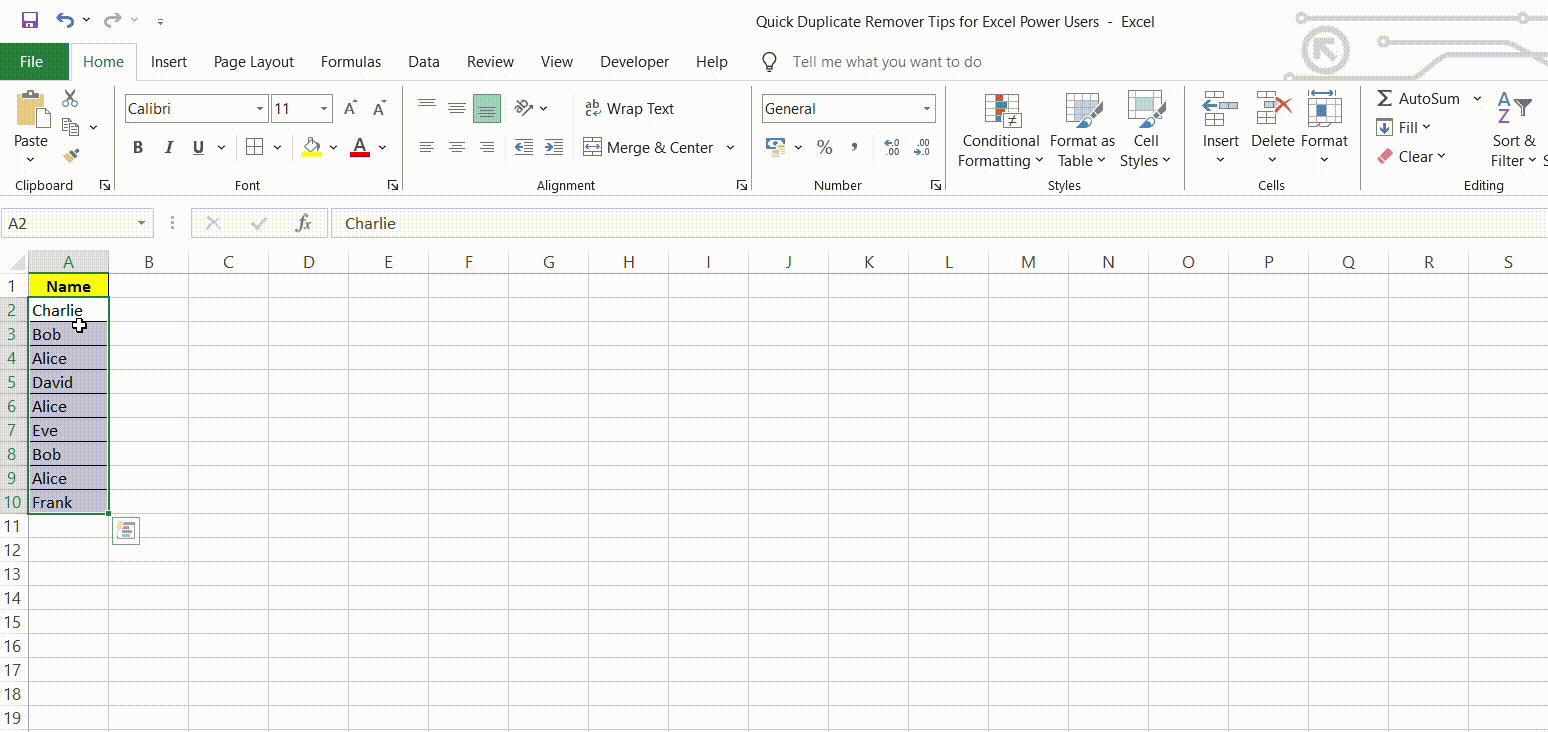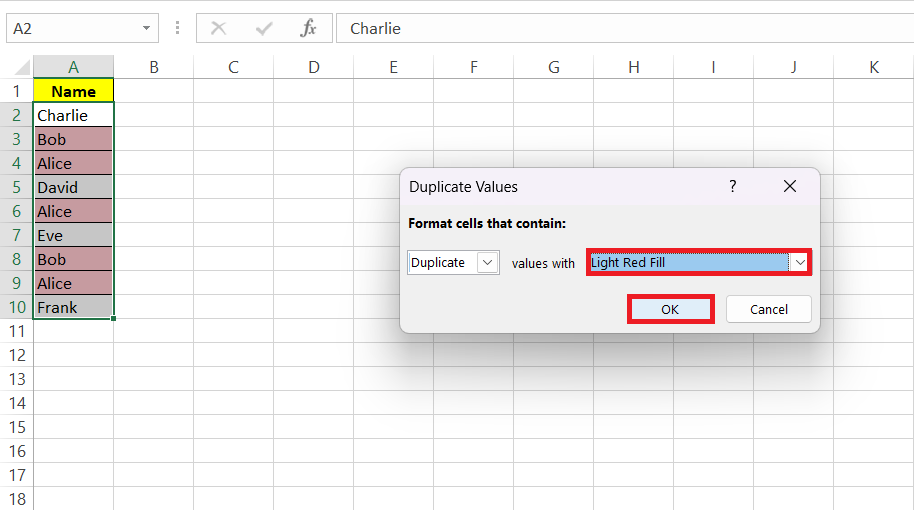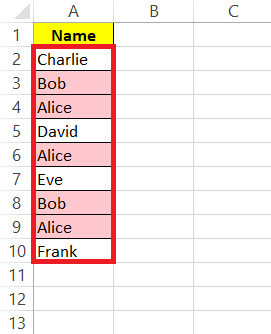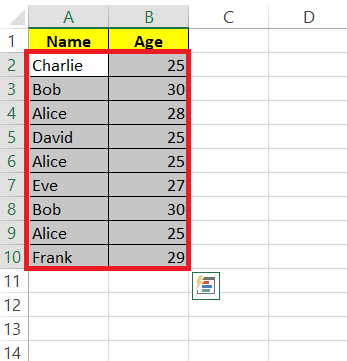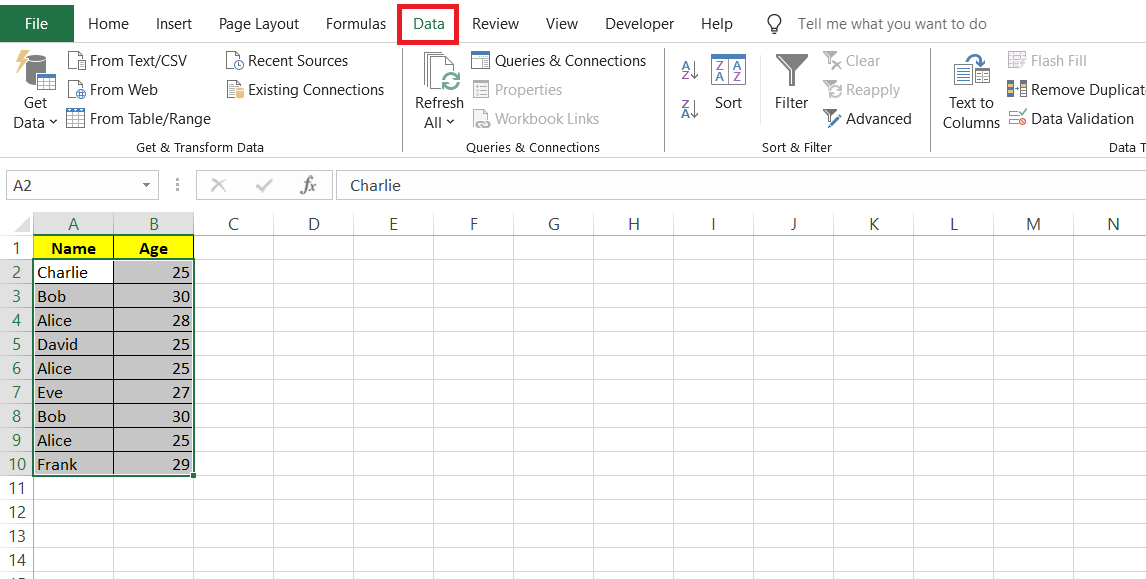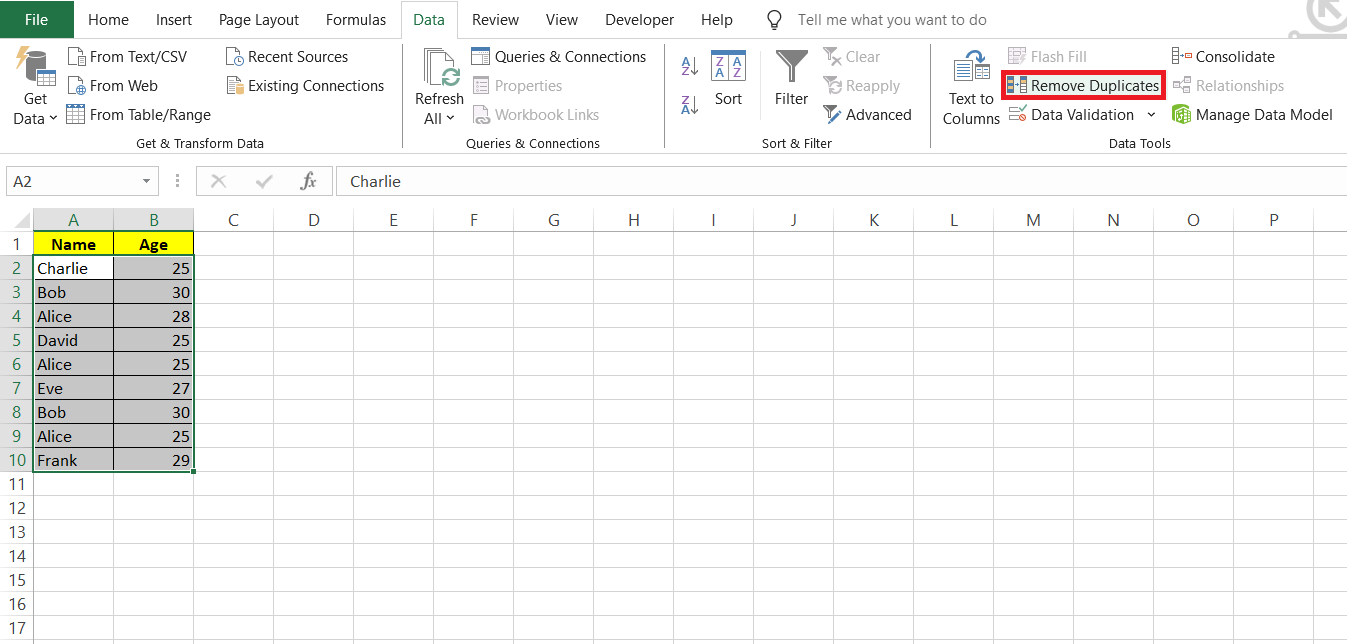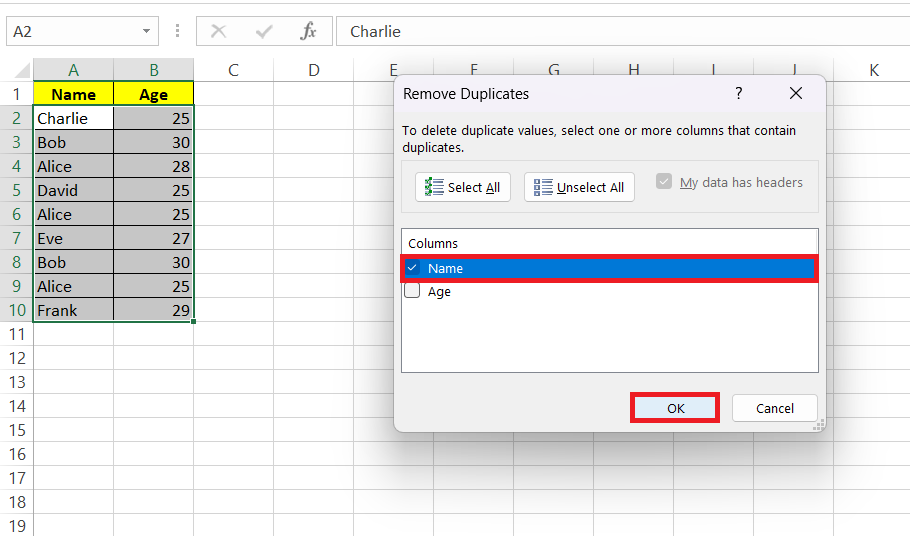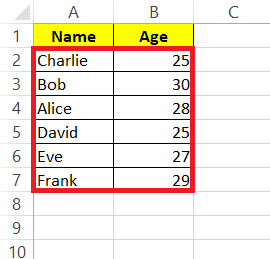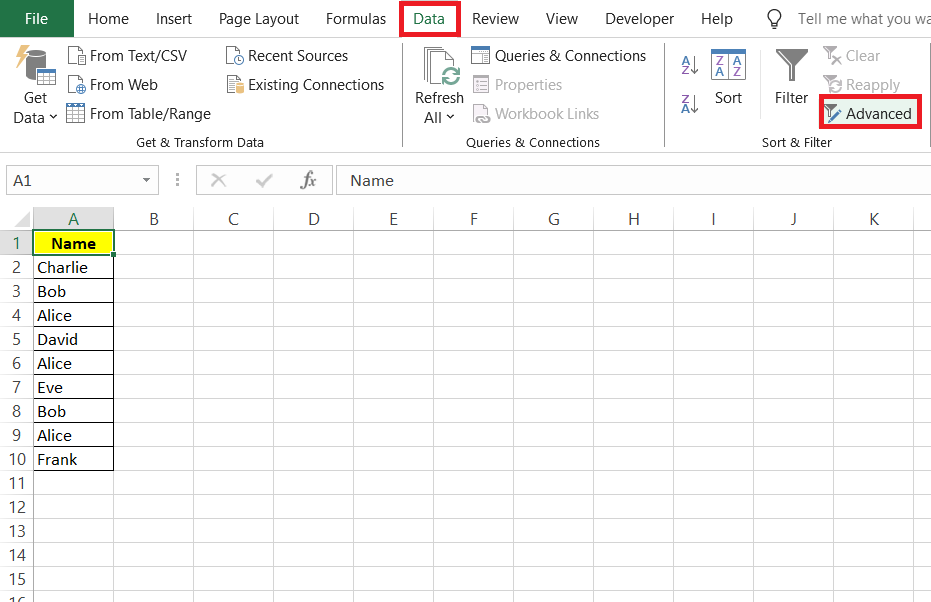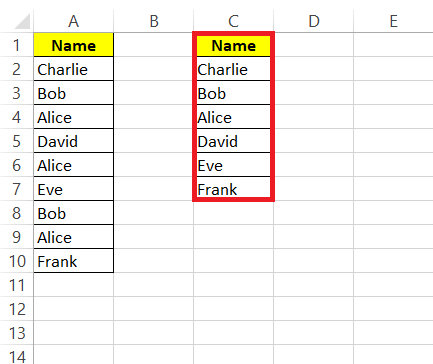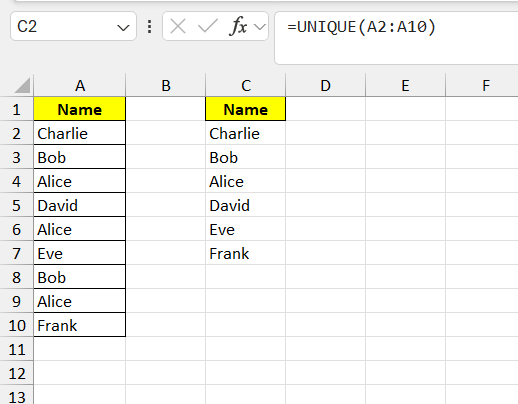Getting right to the point, Microsoft Excel offers some extremely handy techniques for weeding out the duplicates that can quickly tidy up your spreadsheet. Two particular methods stand out for their speed and simplicity. Whether you’re a casual spreadsheet user or a die-hard Excel wizard, knowing these tricks can make your data management tasks a breeze. So let’s shed some light on these nifty duplicate remover techniques that should be part of every Excel power user’s arsenal.
Key Takeaways:
- Efficient Duplicate Detection: Utilize Excel’s Conditional Formatting to highlight duplicates instantly with a simple shortcut, saving you hours of manual checking.
- Remove Duplicates Tool: Excel’s built-in ‘Remove Duplicates’ feature under the Data tab is a powerful and straightforward method to eliminate redundant data with just a few clicks.
- Advanced Filtering: For more control over your data, the Advanced Filter tool can help extract a list of unique items, ensuring no duplicates slip through.
- UNIQUE Function: The UNIQUE function allows for custom formulas to de-duplicate data across multiple columns, providing a refined list of unique entries.
- Practical FAQs: Excel offers several user-friendly solutions to manage duplicates, ensuring data integrity without the need for complex formulas.
Table of Contents
Introduction
The Quest for a Clutter-Free Excel Sheet
Imagine you’re on a quest, not for treasure, but for the equally valuable prize of a clutter-free Excel sheet. You’ve just poured a colossal avalanche of data into your workbook — numbers intertwined with texts, multi-layered tables sprawling across tabs.
Your goal is to transform this chaotic labyrinth into an organized, streamlined report. Your weapon of choice? A suite of Excel tools specifically designed to detect and eliminate those pesky, productivity-sapping duplicates that clutter your data sets.
Spotlight on Quick Duplicate Remover Techniques
Getting right to the point, Excel offers some extremely handy techniques for weeding out the duplicates that can quickly tidy up your spreadsheet. Two particular methods stand out for their speed and simplicity.
Whether you’re a casual spreadsheet user or a die-hard Excel wizard, knowing these tricks can make your data management tasks a breeze. So let’s shed some light on these nifty duplicate removal techniques that should be part of every Excel power user’s arsenal.
Identifying Dupes Like a Pro
Shortcut to Detect Repetitions Instantly
You don’t need to spend hours sifting through rows and columns. With a simple shortcut, you can detect repetitions instantly in Excel.
STEP 1: Select Your Data: Highlight the range of cells where you want to check for duplicates.
STEP 2: Open Conditional Formatting: Press Alt + H L H D in quick succession.
STEP 3: Choose Formatting Style: Pick a color or format to highlight duplicate values. Click ‘OK’.
RESULT: Duplicates will now be highlighted in your selected range.
Cleaning Data with Built-in Tools
Data Tab Magic: Simple Steps to Eradicate Copies
Does the sheer volume of data feel overwhelming? Fear not—Excel’s Data tab comes to the rescue! This powerful feature harbors a nifty trick to eradicate copies and it’s called Remove Duplicates. Just follow these uncomplicated steps:
STEP 1: Select Your Data: Highlight the dataset containing potential duplicates.
STEP 2: Navigate to the Data Tab: Click on the ‘Data’ tab in the Excel ribbon.
STEP 3: Click Remove Duplicates: Locate and click on the ‘Remove Duplicates’ button in the ‘Data Tools’ group.
STEP 4: Choose Columns: In the Remove Duplicates dialog box, select the columns where you want to find duplicates. Click ‘OK’.
RESULT: Excel will remove duplicate entries and provide a confirmation of how many duplicates were removed and the count of unique values remaining.
Advanced Filter Approach for the Savvy User
Take your duplicity detection to another level with the Advanced Filter tool—Excel’s gift to the savvy user. This approach offers more control and is perfect when you need to extract a list of unique items from a dataset. Here’s the playbook:
STEP 1: Head to the Data tab and select ‘Advanced’ in the Sort & Filter group.
STEP 2: A dialog box opens up like a portal to possibilities. Choose to ‘Copy to another location,’ select your list range, and decide where you want the duplicates-free data to spring up. Then, simply check the ‘Unique records only’ box and press OK.
RESULT: Advanced Filter will comb through your data, leaving you with nothing but the unduplicated truth.
Elevating Your Skills with UNIQUE Function
Dive into the artisanal world of crafting custom formulas with the UNIQUE function. For individuals who like to fine-tune their data, this is your symphony. Begin by selecting an empty cell, type =UNIQUE(range), and replace ‘range’ with your specific data set. Excel becomes the maestro, orchestrating a harmonious list of one-of-a-kind values.
Furthermore, if your data spans across multiple columns, the UNIQUE function considers the combination of values across these columns for its performance. The result? A beautifully de-duplicated set where only unique rows remain.
FAQs
How do I quickly remove duplicates in Excel?
To quickly remove duplicates in Excel, click on any cell with data, head to the Data tab, and click ‘Remove Duplicates’. Choose the columns for Excel to check for redundancy and click OK. It’s a swift process, and Excel will promptly inform you how many duplicates were removed and the number of unique values left!
What is the shortcut for removing duplicates in Excel?
The quick shortcut for removing duplicates in Excel starts by pressing ‘Alt’ to activate the Ribbon shortcuts, then ‘A’ for the Data tab, and finally, ‘M’ for Remove Duplicates. Remember this sequence – Alt, A, M – to swiftly navigate and eliminate those duplicates with finesse.
Can I find and remove duplicates without affecting first occurrences?
Absolutely, you can find and remove duplicates in Excel without affecting first occurrences. Just use the ‘Remove Duplicates’ feature under the Data tab. It smartly preserves the first instance of each duplicate set while removing subsequent ones, keeping your data integrity intact.
Do I need complex formulas to purge duplicates in Excel?
Not at all! You don’t need complex formulas to purge duplicates in Excel. The software provides built-in tools like ‘Remove Duplicates’ under the Data tab, which makes the process straightforward. However, for more advanced control or specific scenarios, formulas like COUNTIF can be quite useful.
What is the button to remove duplicates in Excel?
The button to remove duplicates in Excel is aptly named ‘Remove Duplicates’, found under the ‘Data Tools’ group in the Data tab. This handy feature has been available in all Excel versions since 2007, and it’s your quick-fix tool to declutter your dataset.
John Michaloudis is a former accountant and finance analyst at General Electric, a Microsoft MVP since 2020, an Amazon #1 bestselling author of 4 Microsoft Excel books and teacher of Microsoft Excel & Office over at his flagship MyExcelOnline Academy Online Course.

